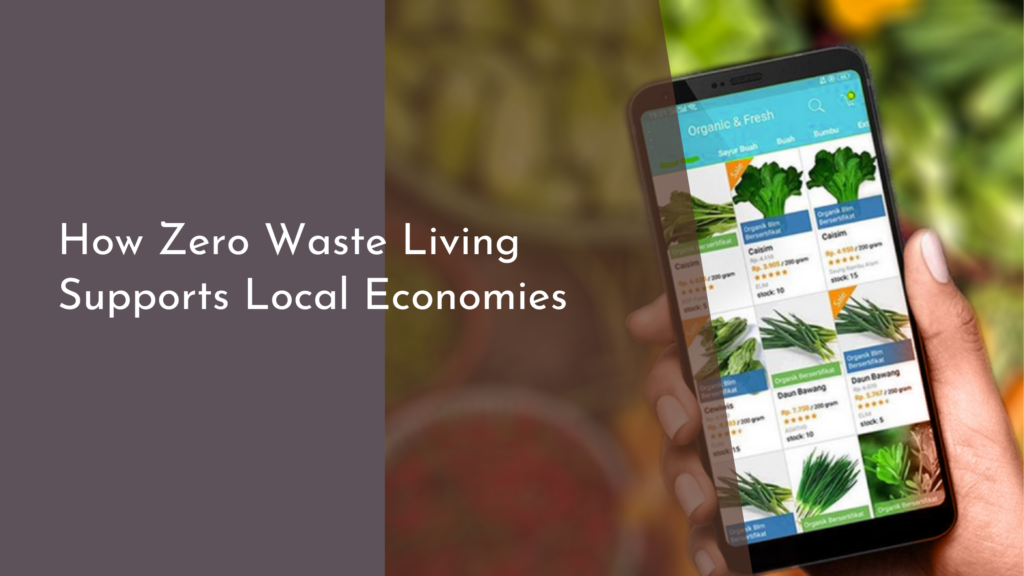Rainwater Utilization in Aquaponics and Sustainable Farming Systems
Rainwater harvesting has emerged as a vital resource in the realm of sustainable farming, particularly in aquaponics systems. These innovative agricultural models combine aquaculture and hydroponics, enabling the cultivation of fish and plants in a symbiotic environment. By utilizing rainwater, farmers can not only reduce their dependence on conventional water sources but also contribute to a more resilient agricultural practice. In this article, we will explore the multifaceted benefits of rainwater in aquaponics, its role in sustainable farming, how it enhances the growth of both fish and plants, and practical tips for implementing rainwater systems today.
Discovering the Benefits of Rainwater in Aquaponics
Rainwater is a natural resource that offers numerous advantages for aquaponics systems. First and foremost, it is a clean and renewable source of water, free from the chemicals and additives often found in municipal supplies. This purity is particularly beneficial for aquaponics, where maintaining a balanced ecosystem is crucial. Using rainwater can minimize the risk of contamination, providing a healthier environment for both fish and plants. Furthermore, rainwater harvesting systems can be relatively low-cost to set up, especially in regions with frequent rainfall, making it an economically viable choice for many farmers.
Additionally, rainwater harvesting contributes to the sustainability of aquaponics by promoting water conservation. In areas where water scarcity is an issue, capturing and using rainwater significantly lessens the strain on local water supplies. This practice not only helps preserve vital water resources but also aligns with the principles of sustainable farming, emphasizing the importance of utilizing resources efficiently. As climate change continues to affect weather patterns, incorporating rainwater into aquaponics can provide a reliable water source, buffering against droughts and dry spells.
Sustainable Farming: Harnessing Nature’s Free Resource
Sustainable farming practices revolve around reducing environmental impact while increasing productivity, and rainwater is an invaluable resource in achieving these goals. By capturing and storing rainwater, farmers can actively participate in protecting the environment. This method reduces stormwater runoff, which can lead to soil erosion and nutrient loss, thus fostering healthier ecosystems. Moreover, collecting rainwater encourages a more responsible approach to water management, paving the way for regenerative agricultural practices that benefit both the farmer and the planet.
Incorporating rainwater into farming also enhances biodiversity. By creating a more sustainable water source, farmers can support a variety of crops and fish species, contributing to a more resilient agricultural system. As diverse ecosystems are often more productive, this approach can lead to increased yields and improved soil health, all while relying on nature’s own resources. Rainwater harvesting, therefore, not only meets immediate agricultural needs but also supports the long-term health of the ecosystem in which it operates.
How Rainwater Enhances Fish and Plant Growth Together
The integration of rainwater into aquaponics creates a harmonious environment that benefits both fish and plants. The natural composition of rainwater, often rich in minerals and slightly acidic, can enhance nutrient availability for plants, promoting robust growth. This characteristic is essential in aquaponics, where plants rely on nutrient-rich water from fish waste to thrive. The use of rainwater can optimize this nutrient cycle, ensuring that plants receive the essential elements they require for flourishing.
In addition to improving plant growth, rainwater positively impacts fish health. Rainwater typically has lower salinity and fewer pollutants, providing a more suitable habitat for fish. Healthier fish contribute to a more effective nutrient cycle, further benefitting plant growth. By utilizing rainwater, aquaponics systems can achieve a perfect balance, where both fish and plants thrive together. This mutualistic relationship not only boosts productivity but also enhances the overall sustainability of the farming system.
Practical Tips for Implementing Rainwater Systems Today
Implementing a rainwater harvesting system for aquaponics is a straightforward process that can be tailored to fit various scales of operation. Start by assessing your location to determine the best areas for rainwater collection. Gutters and downspouts can be installed on buildings and structures to funnel rainwater into storage tanks. It’s crucial to ensure that the materials used for gutters and tanks are non-toxic and safe for aquaponics systems. Using food-grade storage containers can further reduce the risk of contamination, making your rainwater collection safe for both fish and plants.
Regular maintenance is key to the effectiveness of your rainwater harvesting system. Keep gutters clean and free from debris to prevent blockages and ensure smooth flow. It’s also a good practice to regularly check the quality of the collected water. Testing for pH, turbidity, and contaminants will help you maintain optimal conditions for both fish and plants. By monitoring and adjusting as needed, you can create a thriving aquaponics system that maximizes the benefits of rainwater harvesting while promoting sustainability.
Incorporating rainwater utilization in aquaponics and sustainable farming systems is a step towards a greener, more resilient future. By harnessing this natural resource, farmers can improve their water efficiency, enhance the growth of both fish and plants, and contribute to the health of the environment. As we continue to face challenges related to water scarcity and climate change, embracing rainwater harvesting is not just a smart choice; it’s a necessary one. With practical steps and a commitment to sustainability, anyone can tap into the myriad benefits of rainwater to cultivate a flourishing aquaponics system.


